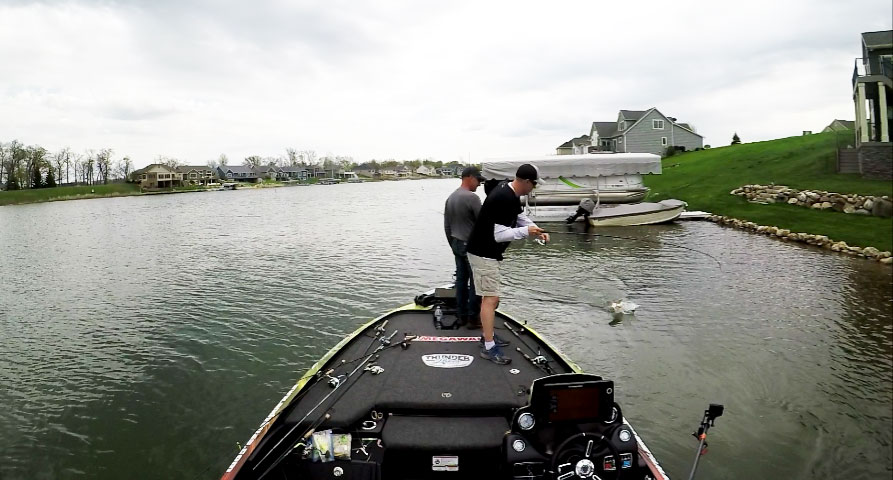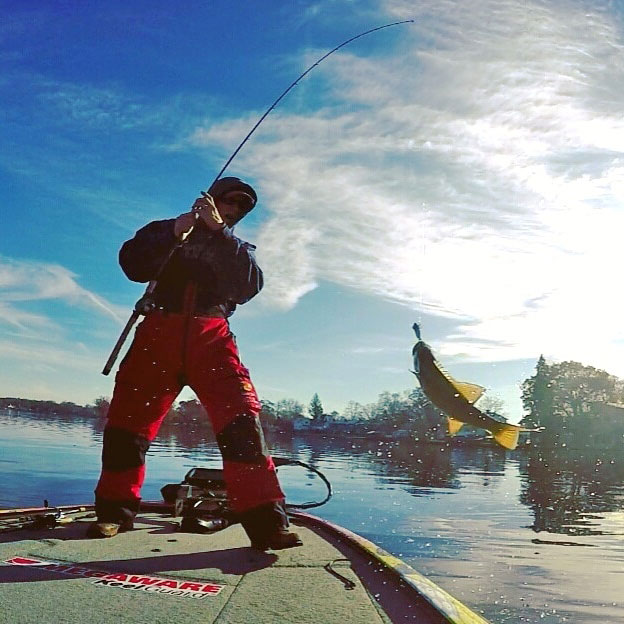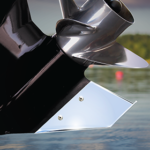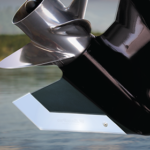Jerkbait Fishing Tips For Early Summer
Several years ago during a tournament on Diamond Lake near Cassopolis, Michigan, on Memorial Day, I had a good thing going. Early on, partner Steve Prange and I loaded the boat by twitching jerkbaits. However, that bite eventually faded. When it did, I picked up a tube bait and immediately began catching fish again. After an hour, that bite fizzled. So I picked the jerkbait back up and began catching them heavily. This process repeated itself throughout the entire tournament, and we ended up winning the event.
Jerkbait Fishing Tips
After analyzing the day’s event, Steve and I concluded that the bass were eating bluegill and crawfish, but not simultaneously. The fish ate all day, but they changed what they were eating. That was the beginning of one of our best jerkbait fishing tips. Switch it up.

Jerkbait Fishing Tips – Change Baits
At dusk the bass were targeting bluegill, but then changed to the bottom dwelling crawfish. For whatever reason, they switched back to bluegill, then back and forth all day. As anglers, the important part was to try different baits when the bite ceased. Luckily, we figured out the only two baits necessary.
This got me wondering about how many times I had encountered fish biting well only to see the bite fade. Most anglers, including myself, conclude that the fish simply just stopped eating, or moved away. Since that day, I am not convinced of this. I might have missed out on many fish – if I would have just changed baits instead of leaving an area, I may have caught many more.
The beauty of early summer fishing is that there is an abundance of food for bass to eat, which means that many different baits can work. But this also means that while the bait being thrown is not producing, or stops producing, another might be the answer. After all, mimicking what the bass are eating is a the priority of top professionals for good reason.
Jerkbait Fishing Tips – Picking Color
A jerkbait is an exceptional option in early summer fishing because bass can be keying on bluegill, shad, skipjacks, herring, or any other baitfish. And the jerkbait mimics all of them. Color selection is critical. Look in the water to see what baitfish are prevalent, and match the jerkbait up accordingly.
Jerkbait Fishing Tips – Retrieve Tactics
Several years ago an onlooker told me my jerkbait retrieve makes no sense. He watched me have success with the bait, and he was trying to mimic my retrieve but claimed I did not have a cadence to mimic. He was right and wrong.
My cadence is not to have one jerkbait retrieve. It comes back to mimicking what the fish are eating, and I have never seen anything underwater keep the exact same speed or direction for 25 yards (typical length of a cast). The goal is to never do the same thing twice. Consciously, I will twitch the bait once, pause, three times, pause, four times, pause, one time, pause, twice, pause, and so forth until it gets to the boat. Fish typically bite during the pause, and that is when I analyze how many twitches I gave before the bite. Usually, it is impossible to determine an exact pattern from the fish. On occasion, I can determine that the bait needs to be twitched twice for the duration of the cast, but that is the exception.
What is important is to jerk the bait and not pull it. It is also vital to have some slack in line as the bait is jerked. The absence of slack will cause the bait to bolt forward too fast. I want the jerkbait to have the appearance of an injured baitfish, not something on steroids.
The jerkbait is an outstanding bait to mimic many types of baitfish, but do not get stuck in a rut – it’s like protecting your boat. Covering the keel is fantastic, but do not forget about the skeg on the motor – get a SkegGuard! Cadence should be varied, just as the options on the bass’ menu is diverse.








Comments